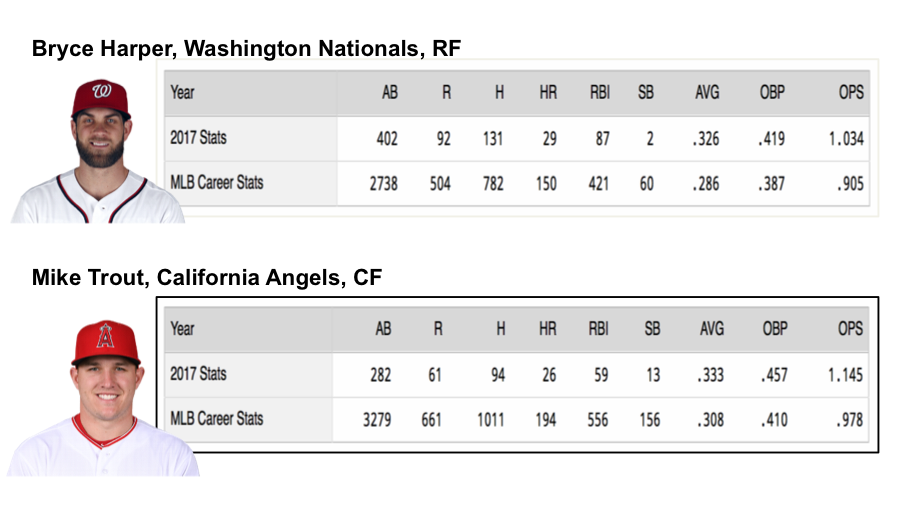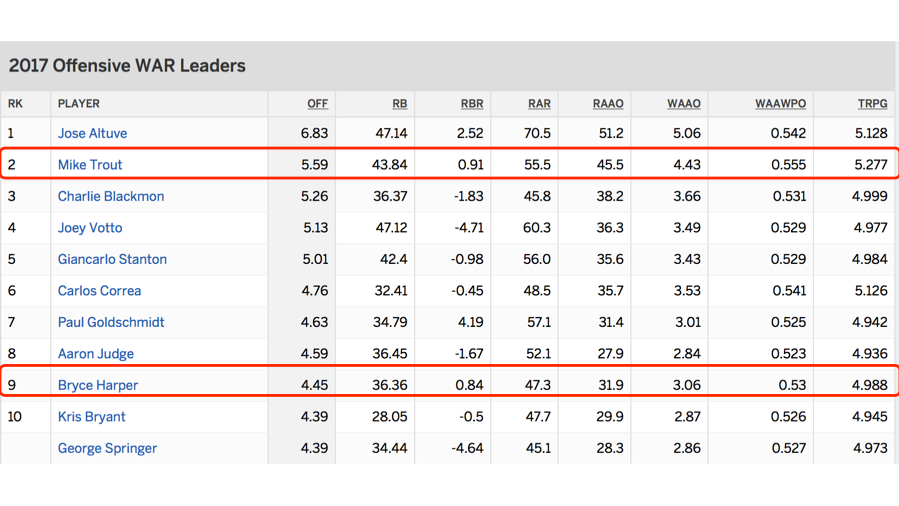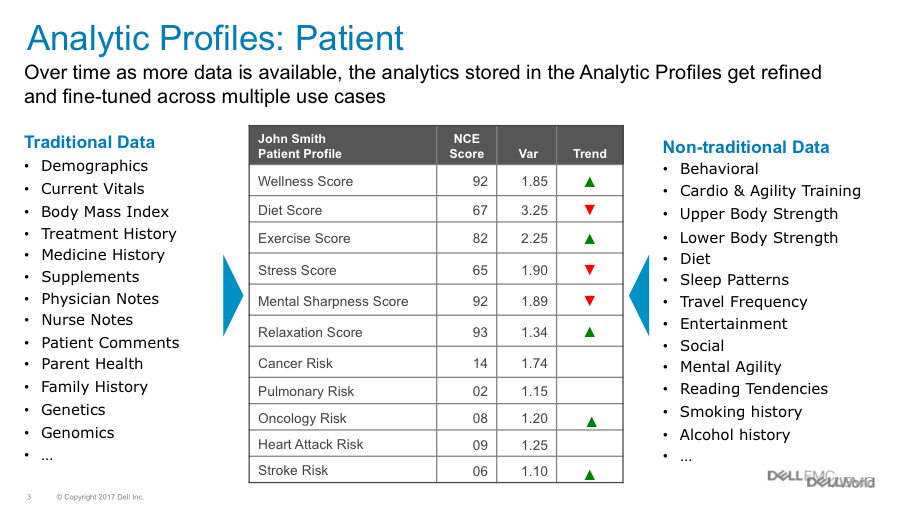In an attempt to put the patient first in healthcare, Congress and President Obama in 2015 approved a bipartisan bill for United States healthcare reform. The bill is known as “Medicare Access and CHIP Reauthorization Act of 2015”, or MACRA. Among the major provisions of MACRA is the Quality Payment Program. Under the Quality Payment Program, physicians, and nurses receive positive, neutral, or negative Medicare payment adjustments based upon a “Patient Satisfaction Score”; that is, patient satisfaction scores have a direct impacton how physicians, physician assistants, nurses, and hospital’s get paid by Medicare.
Managing the broader healthcare goal of “improving the quality and effectiveness of patient care” from a single, highly generalized measure is a major concern for physicians and hospitals. These “patient satisfaction scores” can drive unintended patient treatment consequences. For example, some patients may have preconceived expectations about treatments and medicines based upon what they read on sites like WebMD. Patients may become dissatisfied when physicians prescribe more relevant treatments, and that patient dissatisfaction may be reflected in the patient satisfaction scores. As a result, physicians may feel pressured to consent to patient demands for unnecessary tests or to overprescribe pain medications to avoid being penalized on patient satisfaction surveys and receiving a lower reimbursement – a situation that may be contributing to today’s opioid epidemic.
My nephew is an Emergency Room doctor, and he confirmed that there is lots of pressure on hospitals, physicians and nurses to do what the patient wants (in order to get higher patient satisfaction scores) versus doing what’s right for the patient (which might lead to lower patient satisfaction scores). I know that I get frustrated when my doctor tells me to exercise more and eat more healthy foods. I know that’s what’s right for me, but I could easily penalize the doctor for telling you “what you need to hear” versus “what you want to hear” (i.e., eat more chipotle and watch more TV while lying on the couch).
Setting the right metrics is a tricky effort, because as John Smale, former CEO of Procter & Gamble use to say:
“You are what you measure, and ultimately, you measure what you reward”
That is, people will do what they are paid to do. If hospitals, physicians and nurses are reimbursed to increase patient satisfaction, then doing what the patient wants is the rationale choice.
Baseball Analogy: Importance of The Right Measures
To understand how a healthcare organization could create measures that drive a more strategic “Improving the Quality and Effectiveness of Patient Care” business initiative, let’s take a look at how baseball measures the “value and effectiveness of a player.” Being able to quantify the value and effectiveness of a baseball player is critical to major league baseball success as it impacts decisions around contracts, contract extensions, reassignments and trades. Baseball and the use of sabermetrics provide good lessons in how to leverage data and analytics in an attempt to determine or predict a player’s value. And while sabermetrics has only been around formally since 1980, statistics and baseball have gone hand-in-hand for over a century.
Let’s say, for example, we are trying to determine the value of a hitter. Today, Mike Trout (California Angels) and Bryce Harper (Washington Nationals) are considered two of the best hitters in professional baseball. Their offensive performance statistics – both career-wise and for the current season – speak for themselves (see Figure 1).

Figure 1: Trout and Harper’s Offensive Performance
And while there is an extensive set of offensive productivity measures against which to judge a hitter’s performance, it isn’t just hitting that determines a player’s value. Fielding effectiveness is another consideration, and both Harper and Trout excel in that category as well:
- Bryce Harper is considered the #1 fielding Right Fielder by MLB Player Rankings
- Trout also considered by Bleacher Reportas #1 fielding Center Fielder
Baseball has tried to create a single super metric – Wins Above Replacement or WAR – that is an attempt by the sabermetrics baseball community to summarize a player’s total contributions in one statistic. WAR is all-inclusive and provides a useful reference point for comparing players (see Figure 2). 
Figure 2: Components of the Offensive WAR Calculation
However, even with WAR there is no single measure. There are many subcategories of offensive WAR including:
- Offensive Wins Above Replacement
- Batting Runs From Weighted Runs Above Average
- Base-running Runs From Weighted Runs Above Average
- Runs Above Replacement
- Offensive Runs Above Average
- Offensive Wins Above Average
- W-L Percentage Of Offensive Wins Above Average
- Average Team Runs Per Game With Player
The sabermetrics community warns against using a single metricto evaluate the effectiveness and value of a player. No single measure can truly determine a baseball player’s value, and likewise no single measure can be used to determine the quality and effectiveness of patient care. Baseball gets it!
Applying Baseball Sabermetrics Lesson to Healthcare
Applying our sabermetrics lesson to healthcare, we’d want to capture a diverse set of measures that we could use to measure and drive progress in “improving the quality and effectiveness of patient care.” For example, we could create a “Quality of Care” score for each patient visit that could be comprised of the following sub-measures:
- Patient Satisfaction
- Readmissions
- Hospital Acquired Infections
- Physician / Nurse Satisfaction Score
- Recovery Days / Rehab Days
- Percentage Total Recovery
- Cost of Care
Role of Patient Analytic Profiles
To support the “Improve the Quality and Effectiveness of Patient Care” business initiative, we would want to create an Analytic Profile for each patient (as well as creating analytic profiles for the physicians, nurses, ER and OR).
Analytic Profiles capture the organization’s analytic assets to facilitate the refinement and sharing of those analytic assets across multiple use cases. An Analytic Profile consists of metrics, predictive indicators, segments, scores, and business rules that codify the behaviors, preferences, propensities, inclinations, tendencies, interests, associations and affiliations for the organization’s key business entities.
Patient Analytic Profiles are important because they allow hospitals and care givers to use a more holistic set of measures to determine the quality and effectiveness of patient care. For example, we could create a Patient Analytic Profile that captures key predictive metrics and scores for each patient that measure overall patient health and wellness including Diet Score, Exercise Score, Stress Score and an overall Wellness Score (see Figure 3).

Figure 3: Patient Analytic Profile
See “Analytic Profiles: Key to Data Monetization” for more details on the Analytic Profiles concept.
Summary
Creating one single measure against which to monitor any complicated business initiative (like determining the quality and effectiveness of patient care) is naïve. Baseball, with over a century of statistics experience, knows that no single measure can be used to determine the value or effectiveness of a baseball player. And relying upon the public’s opinion as the single measure of effectiveness is greatly flawed.
The public is not always a reliable source of what’s good and what’s not good. Remember the Internet phenomenon movie called “Snakes on a Plane”, a film that is now universal shorthand for “hideously bad”?
